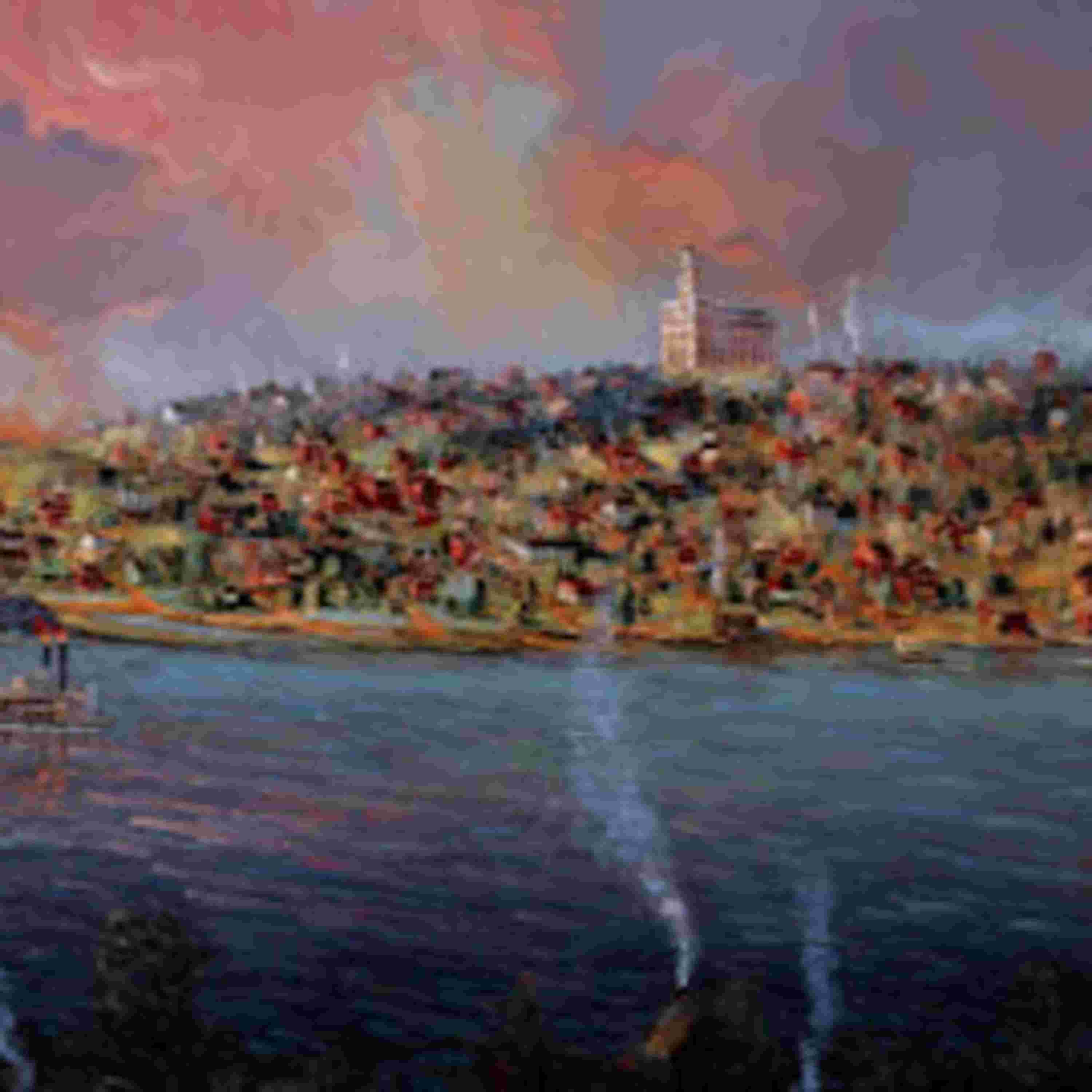

As difficult as the last six years had been for the Saints, things started to look better in the spring of 1839: The refugee Saints had found compassion among the citizens of Quincy, Illinois. Guards had allowed Joseph Smith and other Church leaders to escape captivity in Missouri. And the Church had just purchased land in Illinois where the Saints could gather again. Yes, it was swampy, mosquito-infested land, but compared to the challenges the Saints had already faced, this probably seemed manageable. So they drained the swamp and drafted a charter for a new city, which they named Nauvoo. It means “beautiful” in Hebrew, though it was more an expression of faith than an accurate description, at least at first. Meanwhile, the Lord was impressing His Prophet with a sense of urgency. He had more truths and ordinances to restore, and He needed a holy temple where He could “crown [His Saints] with honor, immortality, and eternal life” (Doctrine and Covenants 124:55). In many ways, these same feelings of faith and urgency are evident in the Lord’s work today.
See Saints, 1:399–427; “Organizing the Church in Nauvoo,” in Revelations in Context, 264–71.